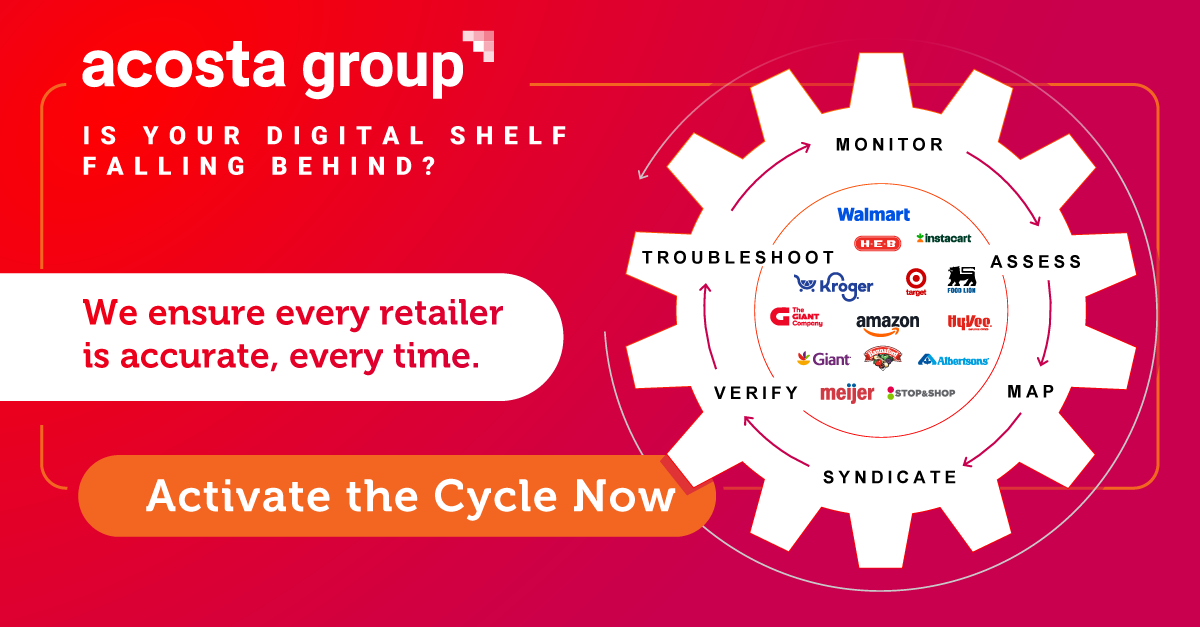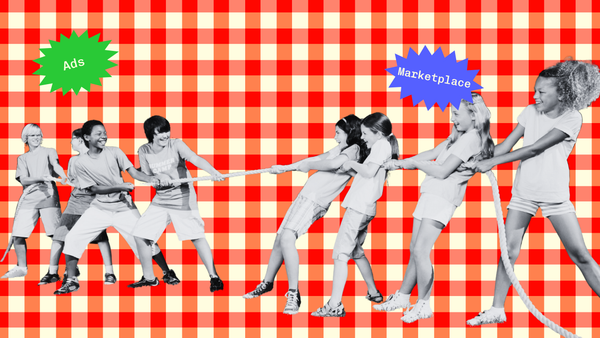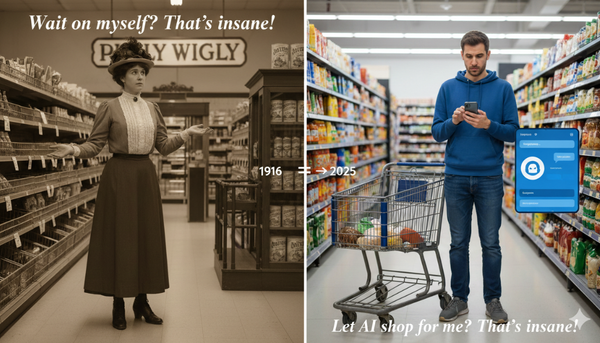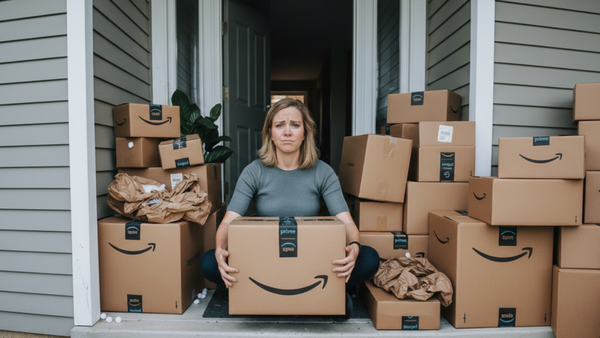How Loyalty Programs Give Retailers the Edge in an AI Shopping Future
Retailers and brands that win won't be those clinging to purposefully opaque points-and-discounts models hoping to outlast AI disruption. They'll be the ones rebuilding their programs as preference engines that agents can actually read and act on.
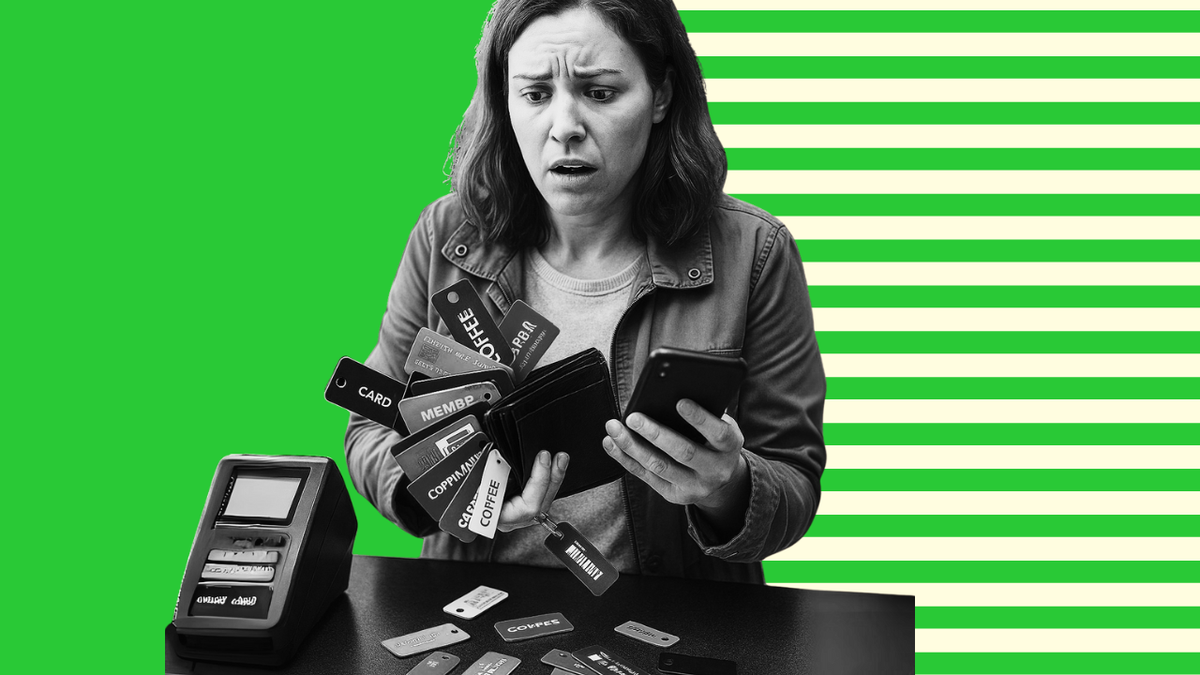
Did you know that the average US consumer belongs to 17 loyalty programs. Seventeen!
I'm definitely above average—between airline miles, hotel points, grocery store cards, and every retailer that's ever convinced me to hand over my email at checkout, I'm easily pushing 25+ programs. Most gather digital dust while I fumble for my phone number at checkout, hoping I'll remember enough digits to unlock whatever paltry discount awaits.
But what if AI agents could actually make these programs useful?
In my recent deep dive into how AI agents will disrupt retail media, I argued that loyalty programs could become retailers' "last moat" when traditional advertising gets bypassed. My thesis was that when ChatGPT builds your shopping basket instead of you browsing Amazon, loyalty status becomes one of the few ways retailers can influence those purchasing decisions.
But theory is one thing. Reality is another.
So I reached out to someone who's actually built loyatlty programs at scale: Stephanie Meltzer-Paul, a veteran loyalty expert with over two decades as an executive at Inspire Brands, Dunkin', BJ's Wholesale Club, and most recently as EVP of Global Loyalty at Mastercard. Since leaving Mastercard at the end of 2024, she launched So Many Points, a newsletter for loyalty and CRM marketers that cuts through industry nonsense with insider takes and pointed opinions.
Her response to my theory? My premise isn't wrong, but I'm missing some key pieces about how this will actually play out.
AI Could Turn Program Overload Into Strategic Advantage
Think about it: your agent knows you have Chase points, Marriott status, and Ulta rewards. When you ask it to book a weekend trip, it automatically routes the hotel through Marriott (since you're close to the next tier), uses the Chase card that gives 3X on travel, and suggests picking up skincare at the Ulta near your hotel because you have expiring points.
"AI can help consumers ensure they are getting the best value out of the programs and not redeeming points or cash back for the wrong things," Stephanie explained. "Ensure they don't lose points (many sneaky terms in programs) or lose out on benefits."
For consumers drowning in program complexity, this is genuinely helpful. For retailers, it creates a new dynamic: programs that play well with agents get used more, while those that don't get forgotten in the digital pile.
The advantage here is that with a better user experience, loyalty programs in general might become more attractive. Personally, when I'm asked to sign up for a retailer's loyalty program at checkout, I often decline because the hassle of first signing up, then getting the resulting barrage of emails and texts, isn't worth the questionable value. But if I know my agent is going to help me make the most of those programs, I would.
The Missing Link: Loyalty Benefits Are Invisible to Agents
Forget about the future for a moment. Stephanie points out that even today, loyalty benefits aren't shown in product search.
If you search "Veronica Beard pants" on Google Shopping, you'll see results from the VB website plus retailers like Nordstrom and Bloomingdales. But you won't see the loyalty points you'd earn, the tier multipliers, or whether you're close to unlocking free shipping. It's price and price only.
"Search will show a photo and price, but NOT the number of points I could earn with that brand's loyalty currency. Nor even a mention of something like '2X points'. That's a gap," she explained.
This infrastructure gap is already being addressed by companies like Wildfire Systems, which just announced the first solution enabling consumers to earn cashback from AI-assisted shopping. Their browser extension detects when AI tools like ChatGPT or Gemini suggest products, then surfaces available cashback and rewards in real-time. It's early days, but it shows at least one company that's building the plumbing for loyalty-aware agents.
Sure, you’re crushing it on Amazon and Walmart. But what about Kroger, Instacart, and the fast-growing regional grocers? Acosta Group builds holistic media plans built on real shopper behavior across all the US retailers that your brand cares about.
They work directly with retailers of all sizes and know where your dollars will drive the biggest sales impact. From digital shelf to retail media to data analytics Acosta Group offers end-to-end Connected Commerce — all under one roof.
Earn vs. Burn: The Critical Distinction
Stephanie explained an important distinction that shifted my thinking: there's a big difference between earning loyalty points and redeeming them through AI agents.
"I think the EARN side of loyalty is easier via an agent than the BURN side," she said. Agents can easily route purchases to maximize points or automatically enroll you in programs. But redemption may be trickier.
"If you are sitting on 1000 Ulta Points, you need to go to Ulta.com to redeem them through their process." The complex redemption logic, tier-based valuations, and promotional multipliers that make loyalty programs profitable for retailers may not translate easily to agent interfaces. Stephanie notes that at least in its current format, ChatGPT still gets many details wrong about existing loyalty programs.
This creates an interesting dynamic. Agents might excel at helping consumers accumulate points across programs, but retailers retain control over the valuable redemption experience. And that may in fact be a great thing for retailers—it keeps the direct relationship alive even in an agent-mediated world.
Why Perfect Price Competition Makes Loyalty More Valuable
Something I was pondering is how retailers can compete when there's 'perfect competition': an economics concept where buyers and sellers are so numerous and well informed that all elements of monopoly are absent and the market price of a commodity is beyond the control of individual buyers and sellers. In other words, where our AI agents can do essentially infinite price-comparisons and program comparisons to find the best deal.
Turns out, loyalty is not that simple – or rational.
"Loyalty isn't just points," she said. "As points have been devalued over the years, consumers have leaned into other types of benefits such as access (early shopping hours, lounge passes, in-store events), status (upgrades), and even physical product."
This shift becomes crucial in an agent-driven world. When AI can instantly compare prices across every retailer and find the cheapest option, pure price competition becomes a race to the bottom. But experiential benefits can't be easily commoditized or compared in a spreadsheet.
Think about it: an AI agent can tell you that Target has the lowest price on laundry detergent. But it can't factor on a purely numerical basis the value of Sephora's early access to new launches, Costco's generous return policy, or American Express's airport lounge access. These benefits create genuine preference that persists even when agents optimize for price.
When price comparison becomes instant and perfect, the non-price benefits that create genuine preference could matter more than ever.
When Loyalty Programs Reward Disloyalty
But its not all sunshine and rainbows for loyalty in the age of AI. Stephanie pointed to a growing problem in loyalty: "disloyalty benefits," where brands give their best offers to their worst customers to win them back.
"Too many programs have been turned into discount/coupon machines," she noted. "The worst consumers are sometimes getting the best offers so the brand can win them back or re-engage them."
Now imagine agents systematically exploiting this. An agent could theoretically game multiple retailer programs—let accounts go dormant to trigger win-back offers, then activate them strategically. What happens when AI optimization meets the perverse incentives built into modern loyalty programs?
This connects to a broader backlash Stephanie highlighted around personalized pricing. Delta and Wendy's both faced criticism for suggesting dynamic pricing based on customer loyalty status, with elite members worried they'd pay more precisely because of their loyalty. Both companies had to walk back these comments, but it shows how careful brands need to be with AI-driven personalization.
"This opens up a brand to potential discrimination practices," Stephanie warned. When agents make these optimization strategies visible and systematic rather than hidden, the fairness questions become unavoidable.
Loyalty as Evolution, Not Revolution
A couple of weeks ago I wrote that loyalty programs could be one of retailers' 'last moats' in providing a unique value proposition in the age of AI. Stephanie stepped in to give me a little history lesson.
"I'm not sure they are the last moat," she said. "Loyalty programs started out in the 1930s where consumers got stamps for buying that they could then cash in for free product. Then programs moved to ID cards. Then everything went digital, then via app... and eventually will be infused with agents. Loyalty just keeps evolving."
Her point: loyalty programs have survived every major commerce shift by adapting, not by standing still. Loyalty programs aren't retailers' "last stand" against agentic shopping, they're the bridge that connects human preference with machine logic.
The retailers and brands that win won't be those clinging to purposefully opaque points-and-discounts models hoping to outlast AI disruption. They'll be the ones rebuilding their programs as preference engines that agents can actually read and act on.
But evolution requires strategy, not just hope. Tomorrow, I'll dig into the specific moves retailers and brands need to make—from exposing loyalty data in machine-readable formats to leveraging programs for retail media advantage. The infrastructure gaps Stephanie highlighted aren't insurmountable, but they won't fix themselves.
Stephanie Meltzer-Paul's So Many Points newsletter covers loyalty and CRM marketing with the insider perspective that only comes from building these programs at scale. Worth subscribing for anyone serious about the loyalty space!
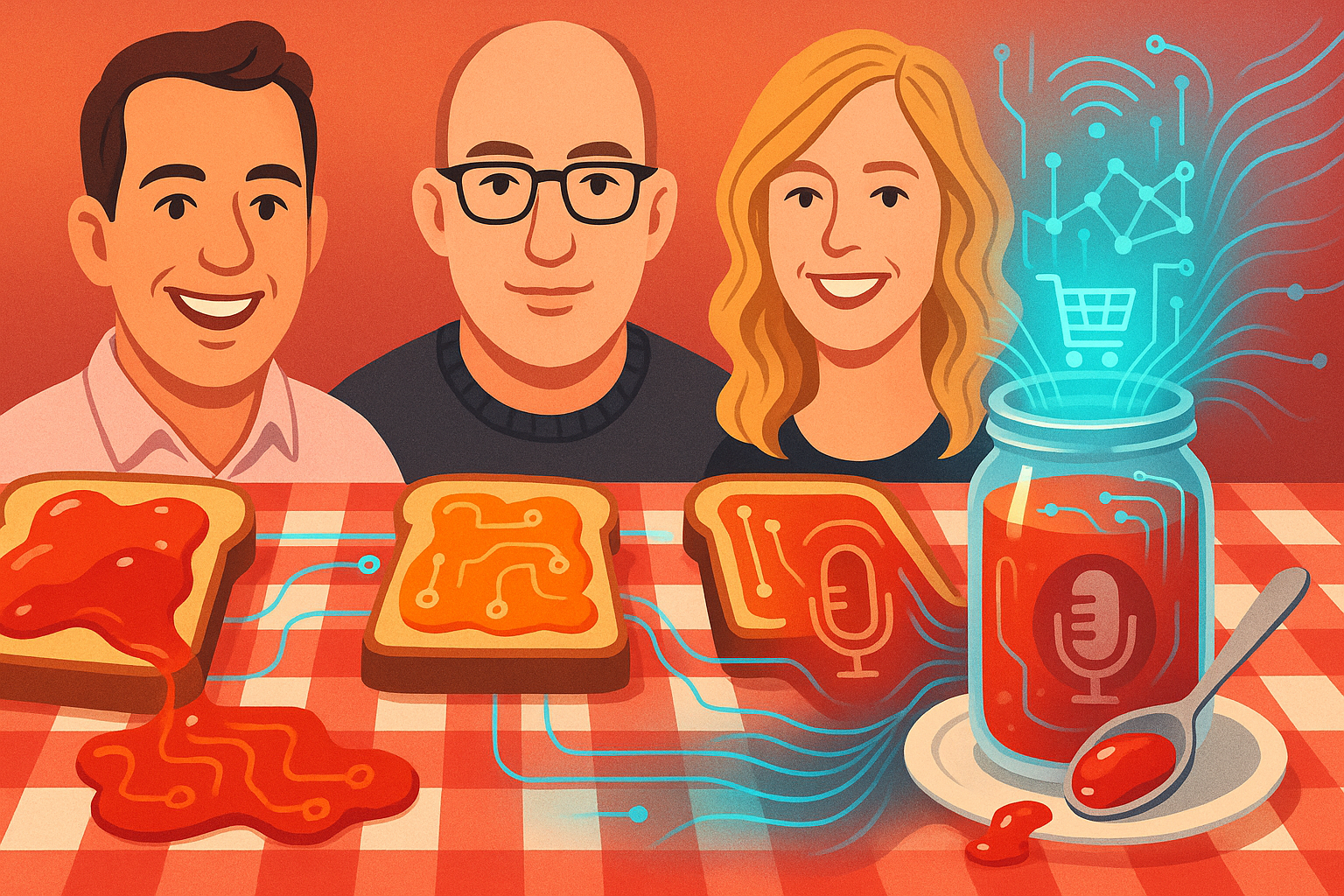
PS – This Friday I'm doing a jam session next week with one of my favorite podcasts in the retail media space: The Middlemen Podcast.
We'll be jamming on:
1. Retail media tech stacks and why they matter to media buyers
2. The retail media 'doom loop'
3. whether we could see more retail media co-ops and federations in the near future
4. The "buyer’s checklist": which questions media buyers should to ask RMNs to test their tech chops. Conversely.... Retailers can learn what questions the smart media buyers will be asking them in their next JBP!
Whether you’re deep in strategy, buying media, or building platforms, this "special order" cross-over event blends the bite-sized clarity of Retail Media Breakfast Club with The Middlemen’s deep media & tech expertise. Register here for the live session.


